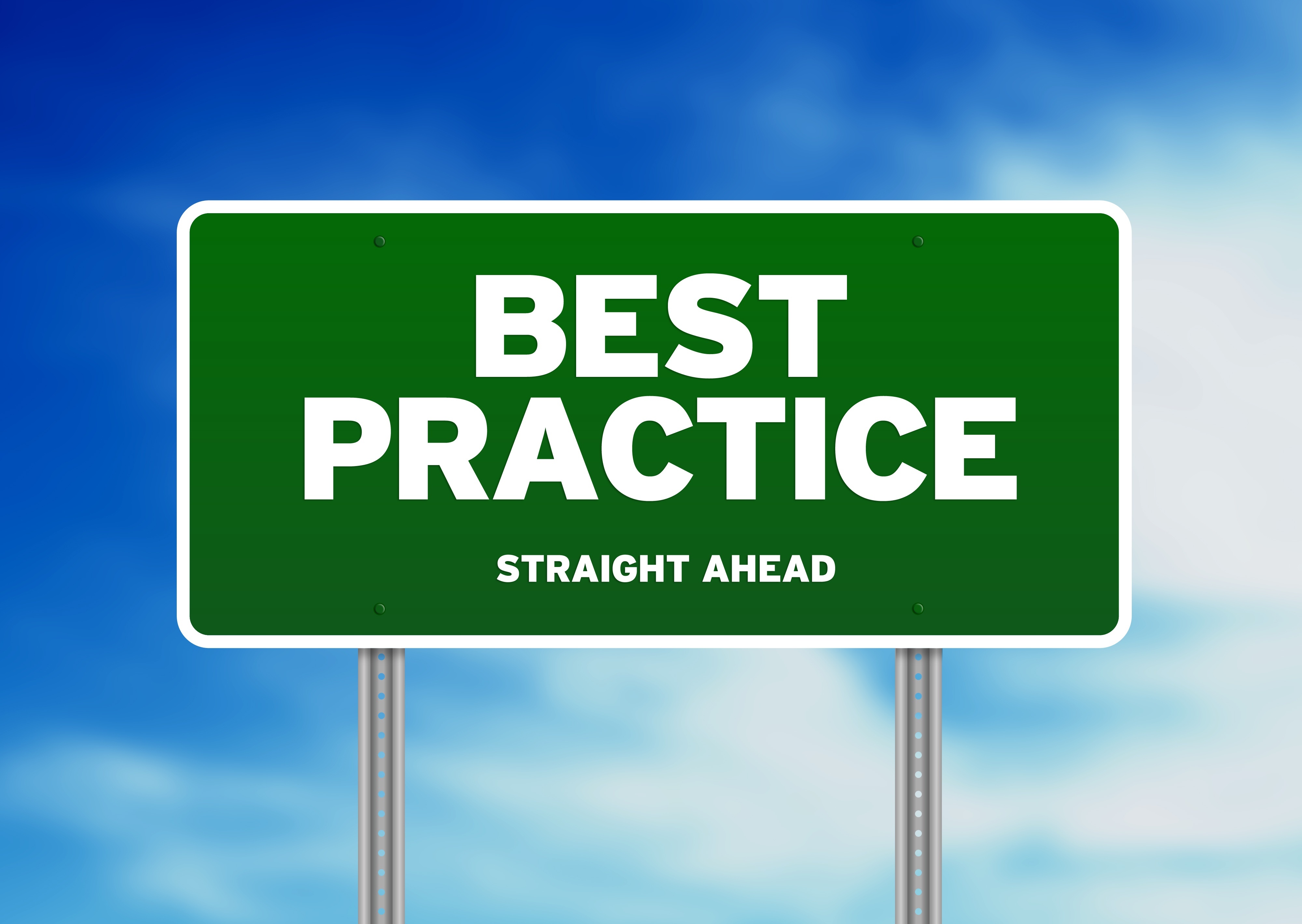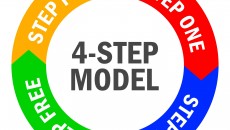Are leaders born or made? This common trait theory of leadership has been debated for decades. Current scholars seem to accept that while some future leaders may be born with relevant leadership traits, this may not be a critical component to guarantee future effective leadership. Arguments are frequently made that through extensive leadership training programs, high potential employees can be molded and modeled into becoming tomorrow’s leaders.
Many organizations are dedicating the critical resources to identify high potential employees who will become their future leaders through a variety of replacement and succession planning programs. It is estimated that globally, $135 billion is spent on training, 35% of which is earmarked for leadership training alone.
Is this money well-invested, with an acceptable rate of return? Maybe not. Organizations are choosing and investing in internal leadership candidates based on a combination of factors, such as field of expertise, experience, education, and competencies.
These candidates are chosen through the utilization of several methodologies, including performance appraisal, observation and psychometric assessment, and are frequently tracked based on a graphic scale of performance against potential, commonly referred to as the nine box matrix.
Additionally, identified high-potential candidates, or HIPOs as they are called, are enrolled in a variety of pre-determined, accelerated leadership training programs that eventually, will prepare them to assume leadership roles within the organization.
These training programs are based on so called ‘best practice’ standards, under the assumption that the training of future leaders is dependent upon indoctrination into the organization’s current culture, processes, procedures and systems.
The counter argument to this type of leadership training investment considers concentration on ‘next practice’ over ‘best practice’.
The term ‘best practice’ has become an overused metaphor referring to what someone deems to be the right way to do things and is therefore, an essential function that applies to everyone across a particular field of expertise, process, procedure, or across a wide span of organizational functionality. Ironically, it soon becomes the benchmark standard to follow, frequently without any validation or justification for the implementation of the process.
Best practice leadership learning promotes leading from behind and is based on trends and past practice, not on looking ahead to future needs. Best practice leadership training utilizes rigid, one-size-fits all approaches, and operates in a vacuum. Oftentimes, this results in moulding leaders who are on the cutting edge of mediocrity.
Next practice leadership learning focuses on real value leadership development, emphasizing methodologies such as mentoring and coaching future leaders in a way that will expand their capabilities, promote free thought and enlargement of ideas to meet future critical issues, and encourages development of key competencies such as creativity, innovation, risk-taking and rule-breaking.
Next practice leadership development needs to concentrate on establishing transformational leaders in the organization’s key roles, who will pursue a vision that will inspire followers, create shared cultural and value systems, and are dedicated to reduce boundaries and promote growth of both the organization and its employees.
Future leaders cannot be developed using a framework based only on yesterday’s trends. Leadership development should prepare candidates to not only keep an eye on the bottom line. but also keep an eye on the horizon.
Leadership development should focus on solutions, not just problems, on effectiveness, not just efficiency. In order to be successful and gain the maximum return on investment, leadership programs must be designed with a strategic component, with a look to the future and an element of predictability as to what the organization’s needs will be, what challenges will need to be overcome, and the opportunities.
True leadership capability is not established through controlled, mundane training programs, but rather through development opportunities that create critical thinkers.
Programs that promote these critical elements will allow organizations to maximize their leadership development investment. Furthermore, they will foster the development of a leadership team based on next practice principles that will enable companies to rapidly adjust to constantly changing external environmental factors.





